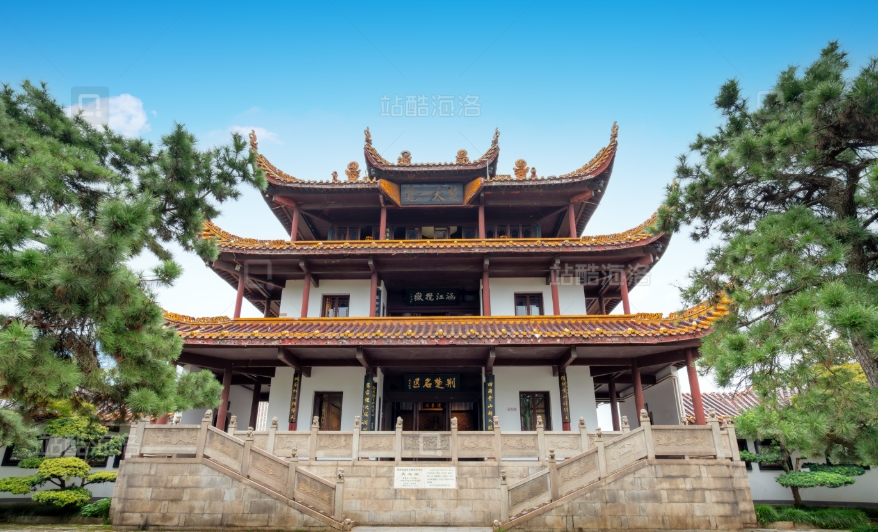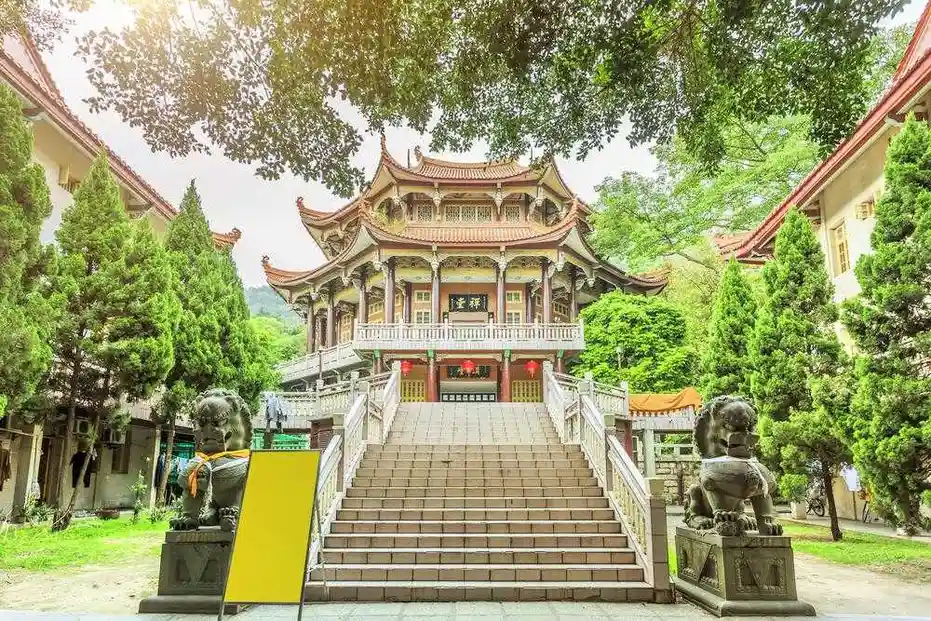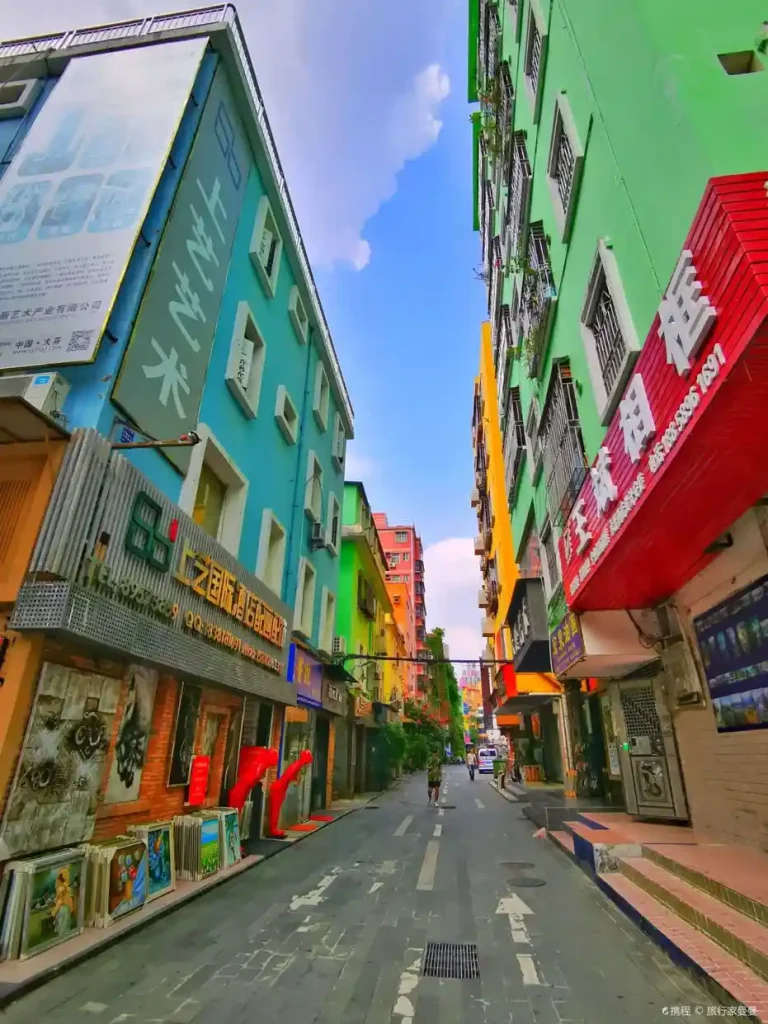Introduction
Located in the heart of Changsha, Tianxin Pavilion is more than just a scenic spot — it’s a symbol of the city’s rich cultural and historical legacy.
This ancient structure has stood for centuries, witnessing the rise and fall of dynasties, and remains one of the most iconic landmarks in Hunan Province.
In this article, we’ll explore its history, architecture, cultural significance, and what makes it a must-visit destination for travelers and historians alike.
A Glimpse into History
The Origins of Tianxin Pavilion
Tianxin Pavilion was first constructed during the Ming Dynasty, though its current form reflects renovations from the Qing era.
It served as a military observation tower and later became a gathering place for scholars and poets.
The pavilion played a key role in local defense strategies and cultural life throughout different periods of Chinese history.
Architectural Features
Design and Structure
The design of Tianxin Pavilion combines traditional Chinese architectural elements with regional styles unique to Hunan.
Its tiered roof, wooden beams, and intricate carvings reflect the craftsmanship of ancient builders.
Standing at multiple stories high, the pavilion offers panoramic views of the surrounding area from its upper levels.
Materials and Restoration
- Natural wood and stone were primarily used in its original construction.
- Restoration efforts have preserved much of the original aesthetic while reinforcing structural integrity.
- Modern conservation techniques ensure the pavilion remains accessible to future generations.
Cultural Significance
Symbol of Changsha’s Identity
Tianxin Pavilion has become a cultural icon representing the spirit and resilience of Changsha.
It frequently appears in literature, art, and even modern media related to the region.
Local festivals and ceremonies often include references or events centered around the pavilion.
Inspiration for Artists and Scholars
Over the centuries, many poets and intellectuals have visited Tianxin Pavilion for inspiration.
Its serene atmosphere and commanding view made it an ideal setting for reflection and creativity.
Historical records show that famous figures once composed verses and painted landscapes from the top of the pavilion.
Tourism and Preservation
Visitor Experience Today
Today, Tianxin Pavilion attracts both domestic and international tourists seeking to experience authentic Chinese heritage.
Visitors can walk along the ancient walls, explore nearby museums, and enjoy seasonal light displays.
Audio guides and informative signage help enhance understanding of the site’s historical context.
Efforts in Conservation
Preservation projects are ongoing to protect Tianxin Pavilion from environmental damage and urban development pressures.
Government agencies and cultural organizations collaborate on maintaining its authenticity and educational value.
These efforts ensure that the landmark continues to inspire and educate visitors for years to come.
Conclusion
Tianxin Pavilion stands not only as a physical monument but also as a testament to Changsha’s enduring cultural identity.
Its historical depth, architectural beauty, and cultural relevance make it a cornerstone of local heritage.
For travelers and history enthusiasts, a visit to Tianxin Pavilion offers a rare opportunity to connect with China’s past in a meaningful way.
To fully appreciate its value, future visitors should plan to explore both the pavilion itself and the surrounding historic district.



